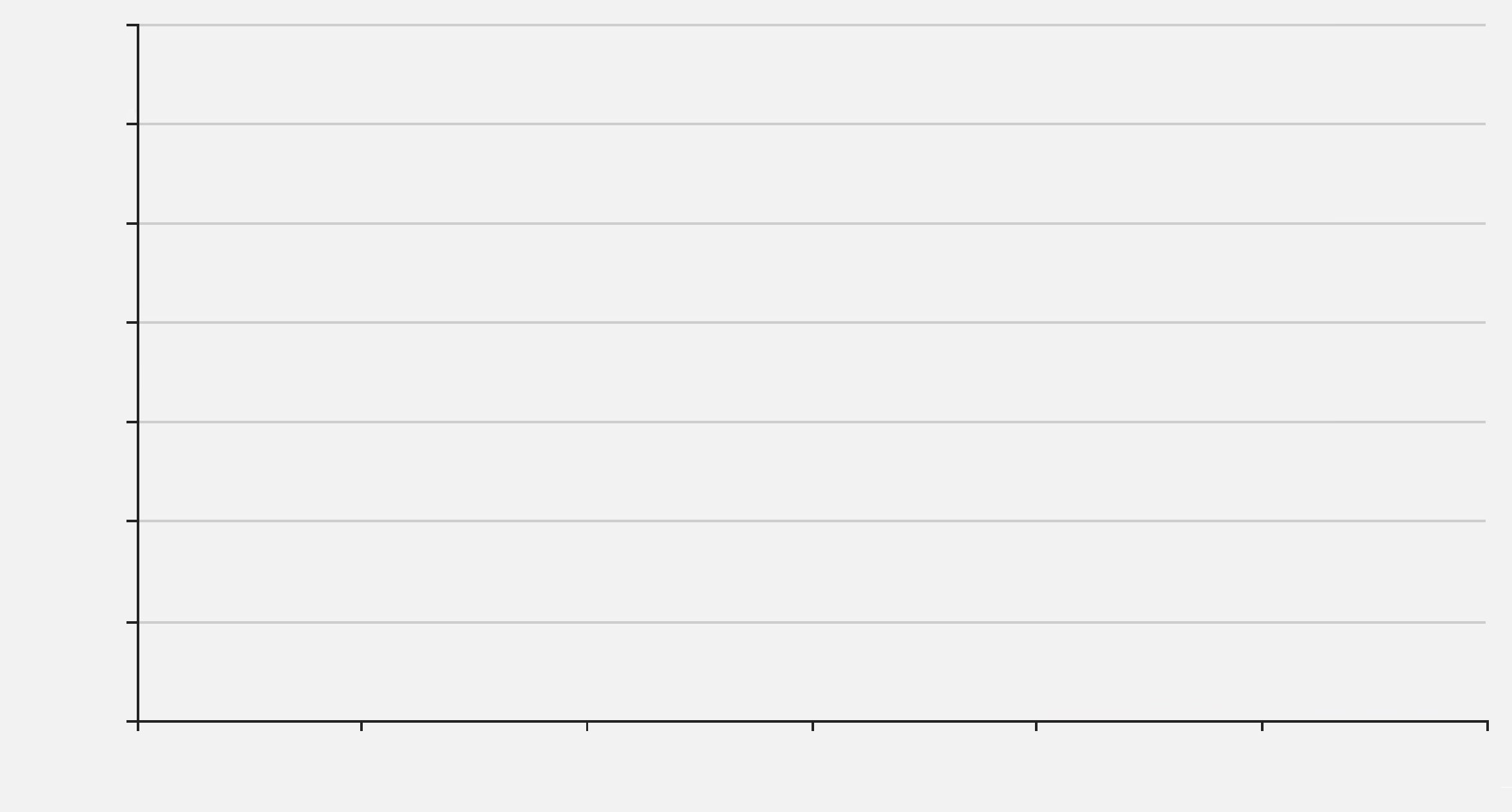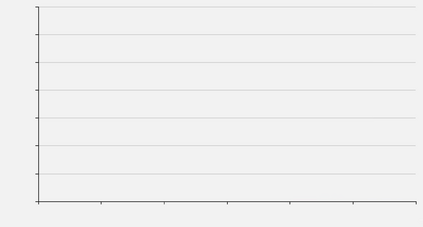Semantic-descriptor-based Generalized Zero-Shot Learning (GZSL) poses challenges in recognizing novel classes in the test phase. The development of generative models enables current GZSL techniques to probe further into the semantic-visual link, culminating in a two-stage form that includes a generator and a classifier. However, existing generation-based methods focus on enhancing the generator's effect while neglecting the improvement of the classifier. In this paper, we first analyze of two properties of the generated pseudo unseen samples: bias and homogeneity. Then, we perform variational Bayesian inference to back-derive the evaluation metrics, which reflects the balance of the seen and unseen classes. As a consequence of our derivation, the aforementioned two properties are incorporated into the classifier training as seen-unseen priors via logit adjustment. The Zero-Shot Logit Adjustment further puts semantic-based classifiers into effect in generation-based GZSL. Our experiments demonstrate that the proposed technique achieves state-of-the-art when combined with the basic generator, and it can improve various generative zero-shot learning frameworks. Our codes are available on https://github.com/cdb342/IJCAI-2022-ZLA.
翻译:在测试阶段,基因模型的开发使得当前GZSL技术能够进一步探究语义-视觉联系,最终形成一个包含发电机和分类器的两阶段形式。然而,现有的基于一代的方法侧重于提高发电机的效应,而忽视了对分类器的改进。在本文中,我们首先分析生成的假隐形样本的两个特性:偏差和同质性。然后,我们进行变异的Bayesian推断,将评价指标反向发导,这反映了所见和不可见的等级的平衡。作为我们衍生的结果,上述两个特性被纳入分类培训中,通过对逻辑调整,见的不见的先前部分。Zero-Shot Logit 调整进一步将基于语义的分类器在基于代的GZSLSL中生效。我们的实验表明,拟议的技术在与基本生成器/MLA22组合起来时,将达到“20-art”状态,这反映了所见和不可见的类别之间的平衡。由于我们的衍生器-AIS-AI/Z的基因测试框架可以改进。





